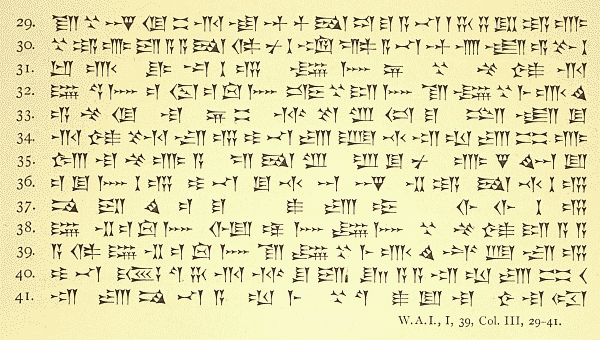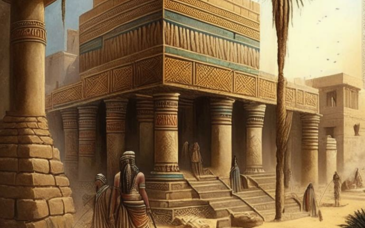The study of ancient civilizations often relies on the fragments of history they've left behind. Among the most critical pieces of the historical puzzle are the Assyrian texts, a vast collection of inscriptions, clay tablets, and cuneiform writings that provide a window into the world of the mighty Assyrian Empire. These texts are invaluable in helping us understand the culture, history, and achievements of this ancient civilization. In this post, we will explore the significance of Assyrian texts and their contribution to our knowledge of the past.
Cuneiform Script: The Assyrian Writing System
At the heart of Assyrian texts is the cuneiform script. This system of writing, characterized by wedge-shaped marks on clay tablets, was used to record various aspects of Assyrian life, including administrative records, royal inscriptions, religious texts, and even literature. Cuneiform is a complex script with thousands of signs, but it holds the key to unlocking the secrets of the Assyrian civilization.
Historical Records
One of the primary functions of Assyrian texts was to serve as historical records. The Assyrians meticulously documented their military campaigns, conquests, and the achievements of their rulers. These texts provide detailed accounts of battles, sieges, and conquests, shedding light on the military prowess of the Assyrian Empire. Among the most famous are the annals of kings like Ashurbanipal and Tiglath-Pileser III, which provide rich insights into the events of their times.
Religious Texts and Myths
Assyrian texts also contain religious writings, prayers, hymns, and myths that give us a glimpse into the spiritual beliefs of the Assyrians. The Assyrians worshiped a pantheon of gods, and their religious texts reflect their devotion and rituals. The Enuma Elish, an epic that describes the creation of the world, is one such example.
Administrative Documents
The efficient administration of the Assyrian Empire required meticulous record-keeping. Assyrian texts include administrative documents that detail everything from tax records and trade agreements to land deeds and legal codes. These texts are instrumental in understanding the social and economic structure of the empire.
Literary Works
Beyond administrative and religious texts, Assyria also produced literary works. Epic poems like the Epic of Gilgamesh, which tells the story of a legendary hero, are among the most famous. These literary works not only entertain but also provide insights into the values and worldview of the Assyrian people.
Assyrian Art and Culture
Assyrian texts often accompany the intricate reliefs and sculptures that adorned palaces and temples. These texts not only provide context for the imagery but also showcase the pride the Assyrians took in their artistic and cultural achievements.
Preservation and Decipherment
The survival of Assyrian texts to the present day is a remarkable feat in itself. Many of these texts were preserved on clay tablets, which endured the test of time. Modern scholars have played a pivotal role in deciphering cuneiform and unlocking the wealth of knowledge contained in these texts.
Assyrian texts offer a unique opportunity to peer into the annals of one of history's most influential and powerful empires. These inscriptions, clay tablets, and writings have enriched our understanding of the Assyrian civilization, its history, culture, religion, and societal structure. They are a testament to the enduring power of the written word and the incredible insights it can provide into the lives and legacies of those who came before us.


